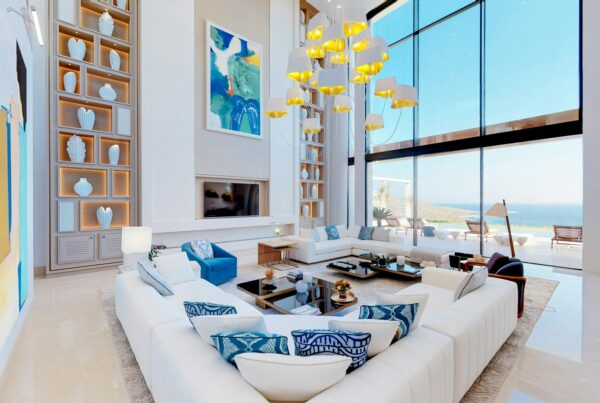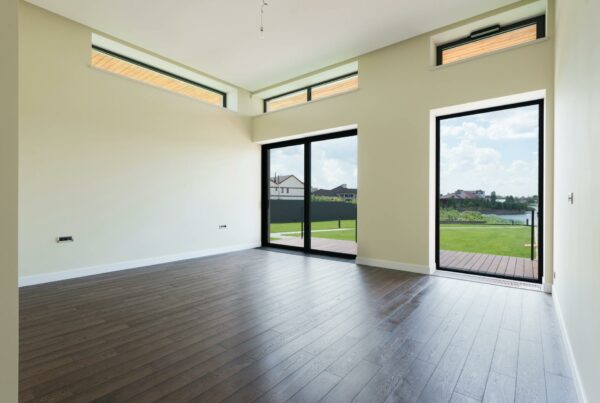Last Updated on November 4, 2023
Recessed lighting, also known as can lights or downlights, can be a great addition to any living room. The key to successful recessed lighting is proper placement.
But where do you place your recessed lighting? And what color should you use?
Where To Place Recessed Lighting In A Living Room
Recessed lighting, also known as can lights or downlights, can be a great addition to any living room. The key to successful recessed lighting is proper placement. Here are some tips for where to put recessed lighting in your living room:
- Above seating areas: Placing recessed lights above seating areas, such as a couch or chairs, can provide task lighting for reading or working on a laptop. This is also a great way to highlight artwork or other focal points in the room.
- Above the fireplace: If your living room has a fireplace, placing recessed lights above it can provide both task lighting and ambiance. This is a great option for highlighting the fireplace as a focal point in the room.
- On the ceiling perimeter: Placing recessed lights on the perimeter of the ceiling can provide a subtle, ambient lighting effect. This is a great option for creating a warm, inviting atmosphere in the room.
- In a tray ceiling: If your living room has a tray ceiling, recessed lights can be placed within the tray to provide a subtle, ambient lighting effect. This is a great option for creating a warm, inviting atmosphere in the room.
- In a cove ceiling: If your living room has a cove ceiling, recessed lights can be placed within the cove to provide a subtle, ambient lighting effect. This is a great option for creating a warm, inviting atmosphere in the room.
Which Color of Recessed Lighting Should You Use?
Recessed lighting comes in a variety of color temperatures, including soft white, cool white, and daylight. The color temperature of a light bulb is measured in Kelvins (K) and can affect the overall look and feel of a room.
- Soft white (2700K-3000K) recessed lighting provides a warm, yellow-toned light that creates a cozy and inviting atmosphere. It is often used in living rooms, bedrooms, and other spaces where a warm ambiance is desired.
- Cool white (3500K-4100K) recessed lighting provides a bright, white light that creates a clean and modern feel. It is often used in kitchens, bathrooms, and other spaces where a bright and energetic atmosphere is desired.
- Daylight (5000K-6000K) recessed lighting provides a cool, blue-toned light that mimics natural daylight. It is often used in offices, studies, and other spaces where a bright and focused atmosphere is desired. It’s also great for reading and other task lighting needs.
It’s important to note that the color temperature of the light can also affect how colors appear in a room. Soft white light may make colors appear warmer and more yellow, while cool white light can make colors appear more blue or green. Daylight light provides the most accurate color representation. When planning your recessed lighting, consider the overall design and function of the room, and choose the color temperature that best suits your needs.
The BEST thing to install are these can lights that allow you to change the color of each one. If you decide that daylight is best for your room instead of soft white, you can easily change them to give you the new look.
When planning your recessed lighting, it’s important to consider the overall design and function of the room. It’s also important to consult with a professional electrician to ensure that the lights are properly installed and wired. With the right placement and color, recessed lighting can be a great addition to any living room.





